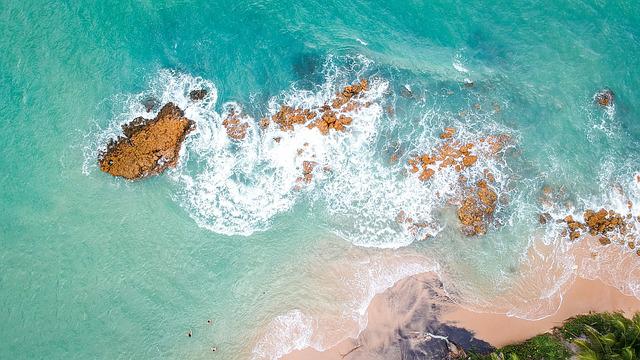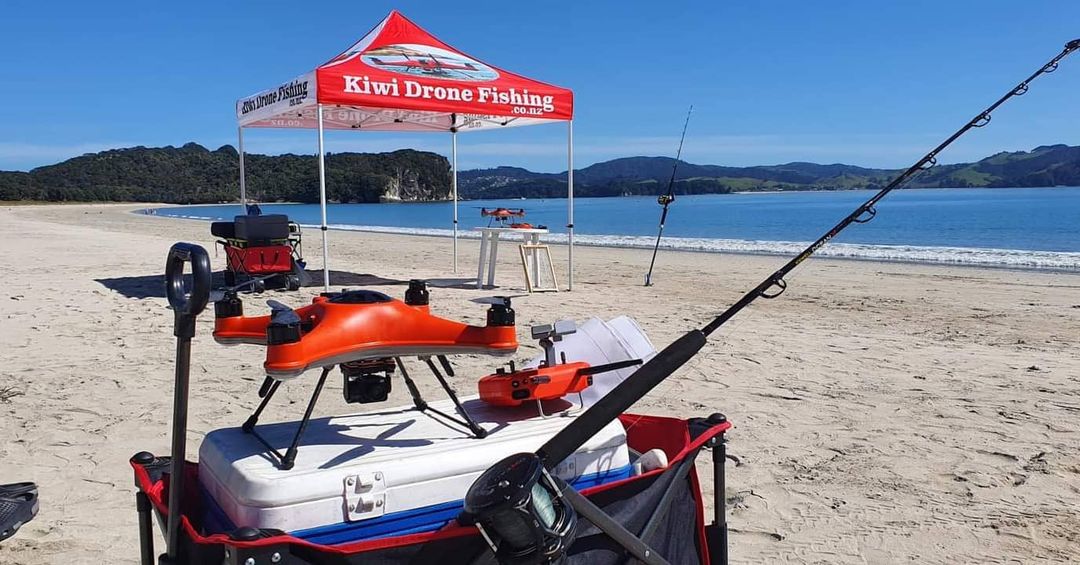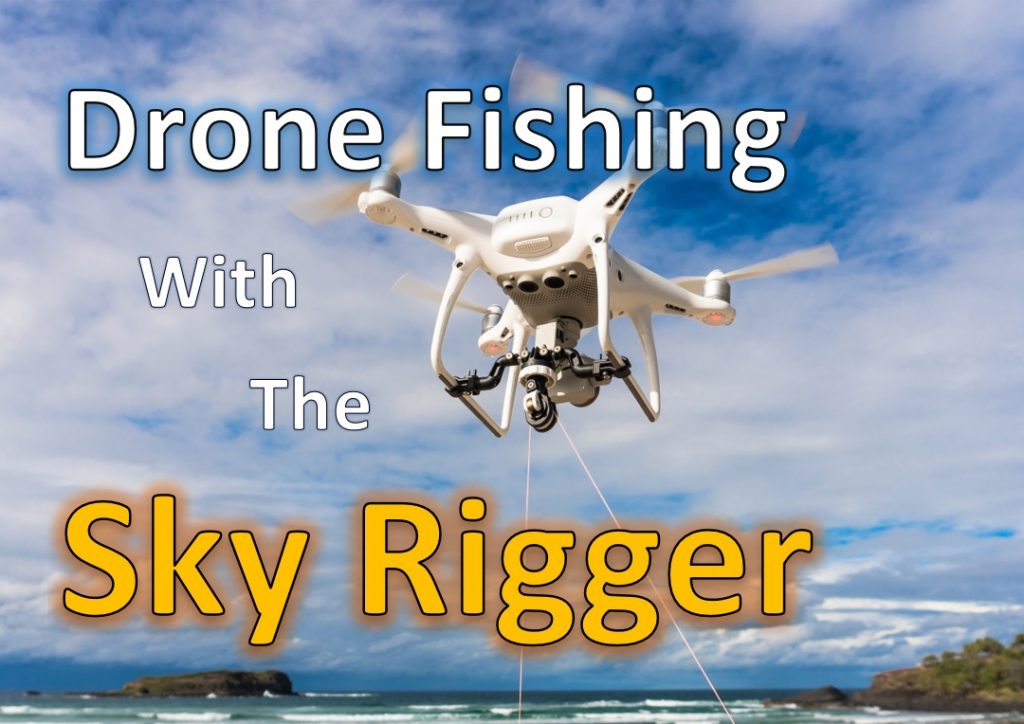
You can use a drone to see the waters surrounding your property if a fisherman is an avid one. Drones come with various features like a mechanical payload release, an angle adjustable camera, GPS positioning system, and a GPS receiver. Fishing lines can be purchased that are extremely stable and secure. The SKY RIGGER drone is one such example.
SKY RIGGER is a drone fishing line
The SKY RIGGER flexible fishing line system allows you to fish from the sky with minimum effort. The system has two rotating leg clamps that can be mounted on a wide variety of drone models. The release mechanism has a bayonet style connection and a camlock arm to quickly open the line clamps. Sky RIGGER is unlike other drones and can be used for all types of fishing.
The SKY RIGGER includes an automatic release system for fish that strike your fly. You can also manually release your line with your rod or hand. This feature can be found on all models. It is recommended that you purchase a Phantom 3 before purchasing the new SKY RIGGER. These are the pros and cons of this new line system.
It is equipped with a mechanical payload transfer
A drone with a mechanical payload release system is one of the most important aspects. Many of them allow anglers to quickly and easily release their fishing line. Some models, however, do not include a release mechanism. To remove the drone from the fishing line, the user must "yank” the line. This can be a tedious process, especially for those who don't feel comfortable using their hands to release it.

Another important feature of the drone's payload release system is its size. The payload should be able to release the drone's line when the fish is struck. Before you try this method, it is important that you practice catch-and-release fishing. The fish cannot be pulled to shore and then released back into the water. Many people have had good experiences with the DJI Phantom drone. However, this technology has not yet reached the level of fishing drones that are available on the market.
It is equipped with a GPS positioning system
Rippton is a joint Australian and Dutch venture that specializes in technology-oriented fishing products. Its mission is to increase angler success rates through the development of products that enhance fishing experience. Rippton's Mobula drone is equipped with a GPS positioning device and remote release. The Mobula drone can store bait at the top, protect against kite clippings, and is eco-friendly.
It is lightweight at just 3 pounds and can fly up to 18 minutes. It is also equipped with a high-tech GPS system that allows it to control it from up to 2,000 yards away. It is capable of flying at 1000 meters (or half a kilometer) range and has intelligent flight modes. Its point of interest feature lets it take high-quality images of its surroundings. You can get amazing views of fish with its high-resolution camera.
It features a failsafe function
Aerokontiki's fisherman drone has a failsafe function: It monitors battery levels and releases fishing line when necessary. It will return to dry land if the battery runs out and continue its mission. It can be operated anywhere with its industrial-grade flight control system. You can use this drone even in very difficult water conditions.

FAQ
Do drones fall under the control of the FAA?
The FAA oversees all aspects regarding drone operations, including safety standards and certification requirements.
Is it possible to buy a drone from overseas?
There are many types of drones available online. Many people prefer to buy their drones online through Amazon, eBay or Walmart. Others choose to purchase their drones directly from manufacturers.
Which US states allow drones?
It is legal to operate a drone as a hobby. The Federal Aviation Administration has created guidelines to allow small unmanned aircraft system (UAS) use. These UASs must be registered with the FAA before they can be flown. These UASs can also be flown by commercial operators if they are allowed to fly under certain conditions.
What is the difference of a quadcopter and an hexacopter, you ask?
A quadcopter, a four-rotor helicopter, flies just like a helicopter. It has four rotors that rotate independently. A quadcopter has four rotors. The hexacopter has six. Hexacopters are stabler and more maneuverable than quadcopters.
You can fly a drone as high as you like without a license.
The FAA has no limit on how high you can fly a drone. They do require that you register your unmanned airplane system (UAS), which includes registration number, model number, weight, size and manufacturer's names, as well as other information.
What law applies to drones that fly over private property?
New rules were recently published by the FAA regarding commercial drone flights. These rules are only applicable to UAVs that weigh less than 55 pounds and fly below 400 feet above ground. Commercial operators will need to register with FAA and get a license from agency. They must also obtain permission from local authorities if they plan to operate in restricted areas, such as airports.
How do you travel with a drone?
Drones are increasingly becoming popular both for personal and commercial use. They can be used for photography, filming and aerial mapping. Recent regulations regarding drones have been approved by FAA. They include new requirements for registration and licensing, pilot training, insurance, and other requirements. These changes will help ensure that drones stay safe for all.
Statistics
- According to the multiple listing service (MLS), houses and apartments with drone photographs are up to 68 percent more likely to sell than those without pictures. (thedroneu.com)
- Research and Markets predict a growth rate of 51.1% over the next five years. (thedroneu.com)
- According to Indeed, a drone pilot gets paid $25.73 per hour on average in the US. (dronesgator.com)
External Links
How To
How To Fly Drones For Beginners
A drone refers to a remote-controlled aircraft designed for aerial photography, surveillance and scientific research. Drone technology has existed since World War II. DJI's Phantom series of quadcopters was the first to be commercially used. There have been many drones made since then. These range from beginner-friendly drones like Parrot AR Drone 2.0 to more advanced multi-rotor craft like DJI Mavic Pro.
You can fly a drone in many different ways, including:
-
Remote control - This allows you to control the drone from your hand. There are two main types: Joysticks (like a radio), and On/Off switches (like an alarm clock).
-
Manual Control- This allows you to control your drone remotely via GPS coordinates. Follow the instructions of the app to track the exact location you want the drone go.
-
Autonomous Flight: This means that the drone will take care of all the piloting. It basically flies autonomously without any human intervention. To enable autonomous flight, the drone should have a built in camera and sensors capable recording images and data.
-
Triggered Flight – This method is very similar to manual flight. The pilot creates a route that the drone will follow until it reaches the destination. After the program is complete, the drone automatically returns to the ground.
-
Landing Gear – Some drones are equipped with landing gear, which allows them to safely land if they lose power during flight.
-
Goggles – Pilots often wear goggles while flying to keep themselves safe from any debris.
-
Camera - Certain drones come with cameras that allow you to take photos and videos from high above.
-
Obstacles – Some drones have obstacle avoidance systems that stop them from colliding with obstacles.
-
Speed - Drones can reach speeds up to 40 mph.
-
Battery Life – Most drones will last 20 minutes to three hours depending on how powerful they are.
-
Range - Some drones can travel upto 30 miles depending on their models.
-
Power source – Some drones require external power sources, others require internal batteries.
-
Weight - Some drones weigh less than 1 pound, whereas other models weigh up to 4 pounds.
-
Size - Drones range from small devices that fit in one's palm to large crafts that weigh more than 50 pounds.
-
Price - All drones fall within a specific price range, from high-end models that can cost thousands of dollars to lower-cost options starting at $100.